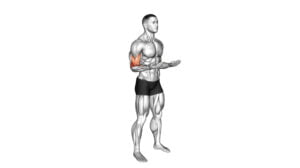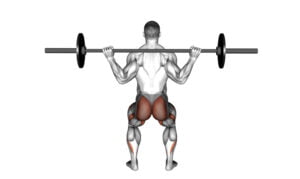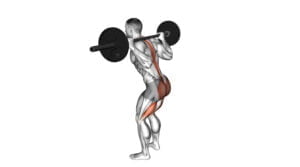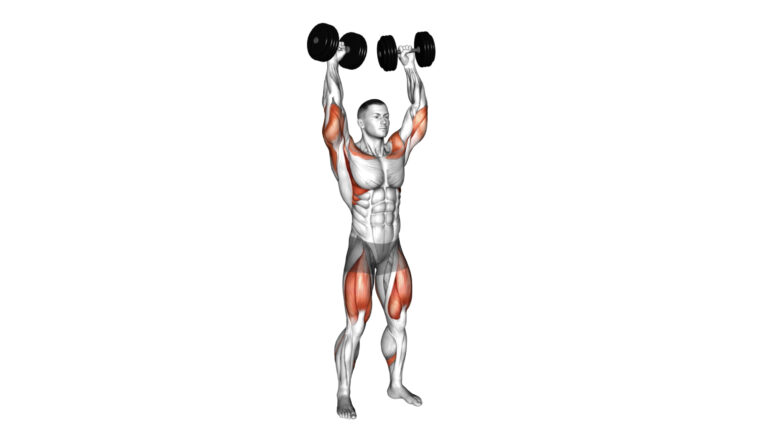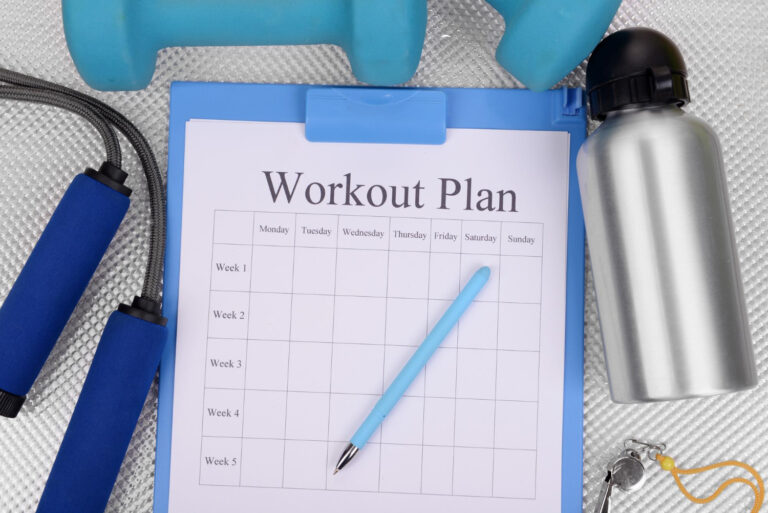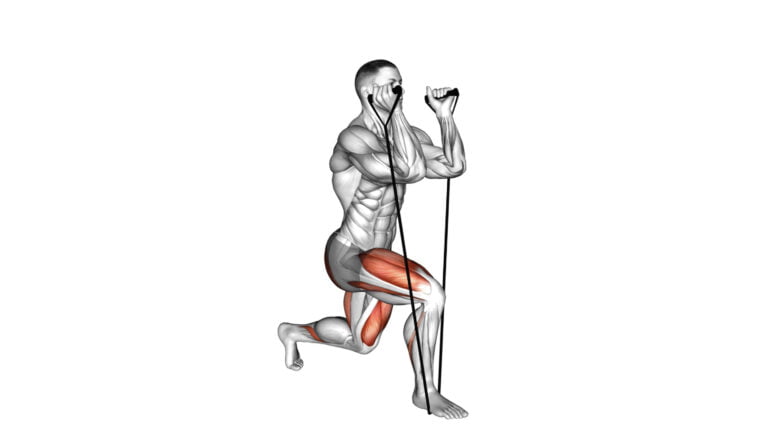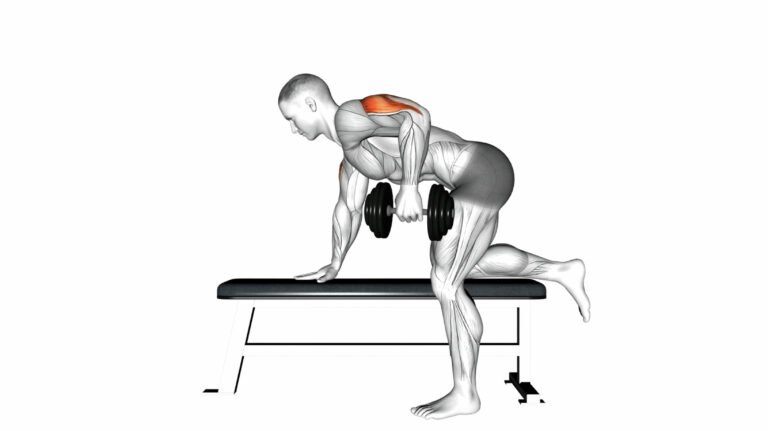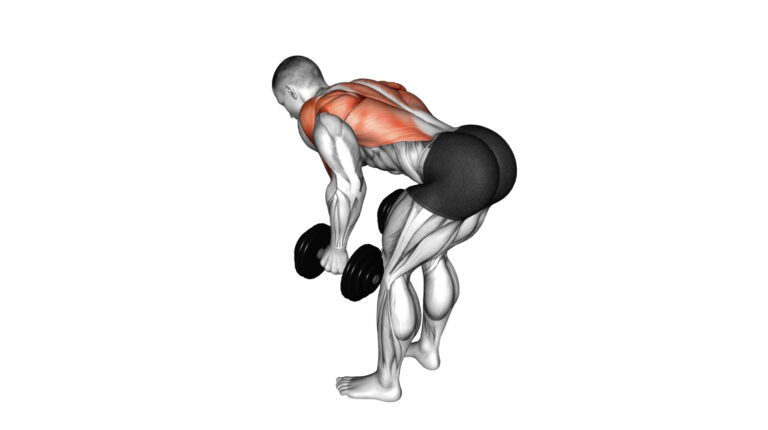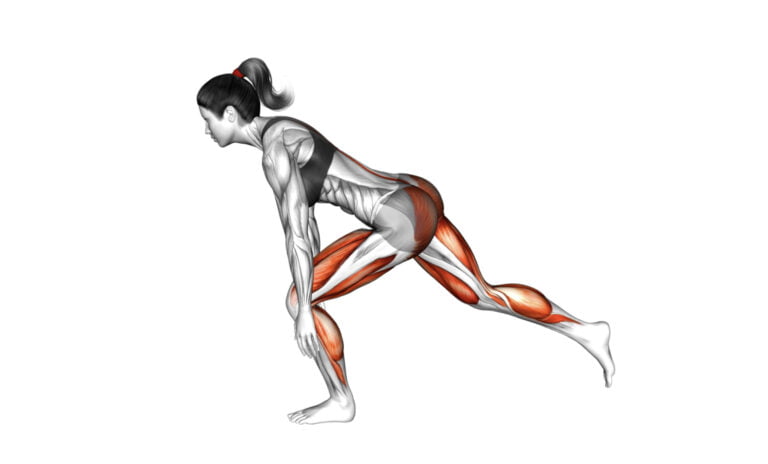5 Compound Exercises For Glutes With Dumbbells: Build A Stronger Butt!
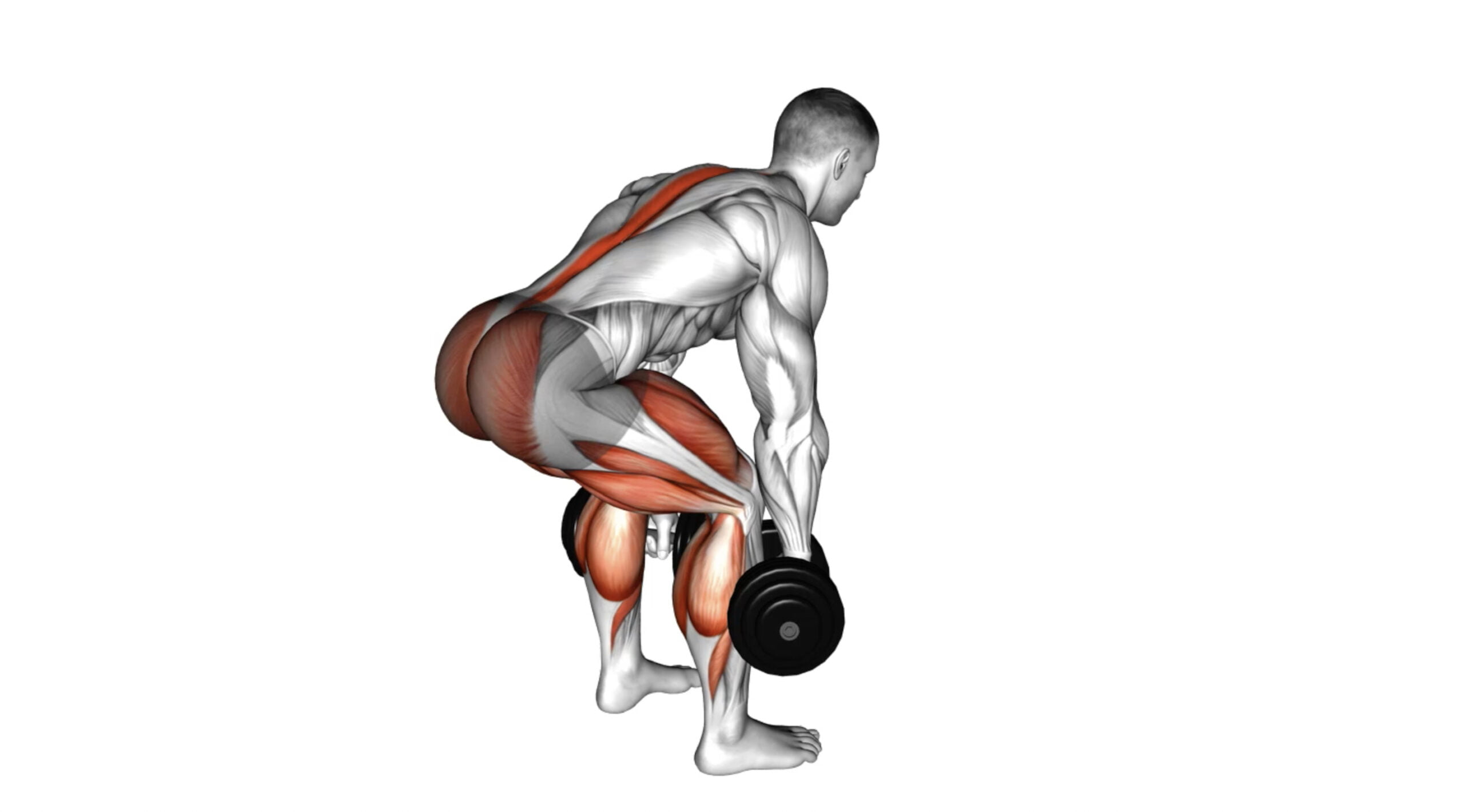
If you’re striving for a stronger, more sculpted butt, you might be under the impression that isolation exercises are your only path to success. As a certified personal trainer with years of experience in strength training and body conditioning, I’m here to dispel that myth.
Compound movements, involving multiple muscle groups and joints working together, can not only accelerate your gains but also foster functional fitness beyond aesthetics.
Diving into compound exercises specifically tailored for your glutes can revolutionize how you approach lower-body workouts. Utilizing just a pair of dumbbells will unlock the potential for significant muscle growth and overall body power—a critical component often overlooked in glute training.
Keep reading to discover five dynamic moves that go far beyond traditional squats and lunges. It’s time to train smarter.
Key Takeaways
- Compound exercises using dumbbells engage multiple muscle groups, offering a more efficient workout to build and strengthen the glutes, as opposed to isolation exercises that target only one area.
- Key compound movements like dumbbell step – ups, bar grip sumo squats, static lunges, thrusters, and side lunges not only work the butt muscles but also improve overall body balance and functional fitness.
- To see results in glute strength and size, it’s recommended to do 3-4 sets of each exercise with 8-12 repetitions per set. Proper form is crucial in all these movements to prevent injury and maximize effectiveness.
- Rest and recovery are just as important as the workouts themselves for muscle repair and growth. Make sure to include rest days in your fitness regimen along with proper nutrition and hydration.
- By integrating these compound glute exercises into your workout routine regularly while paying attention to technique, you can achieve a stronger lower body including firmer glutes.
Compound vs. Isolation Exercises
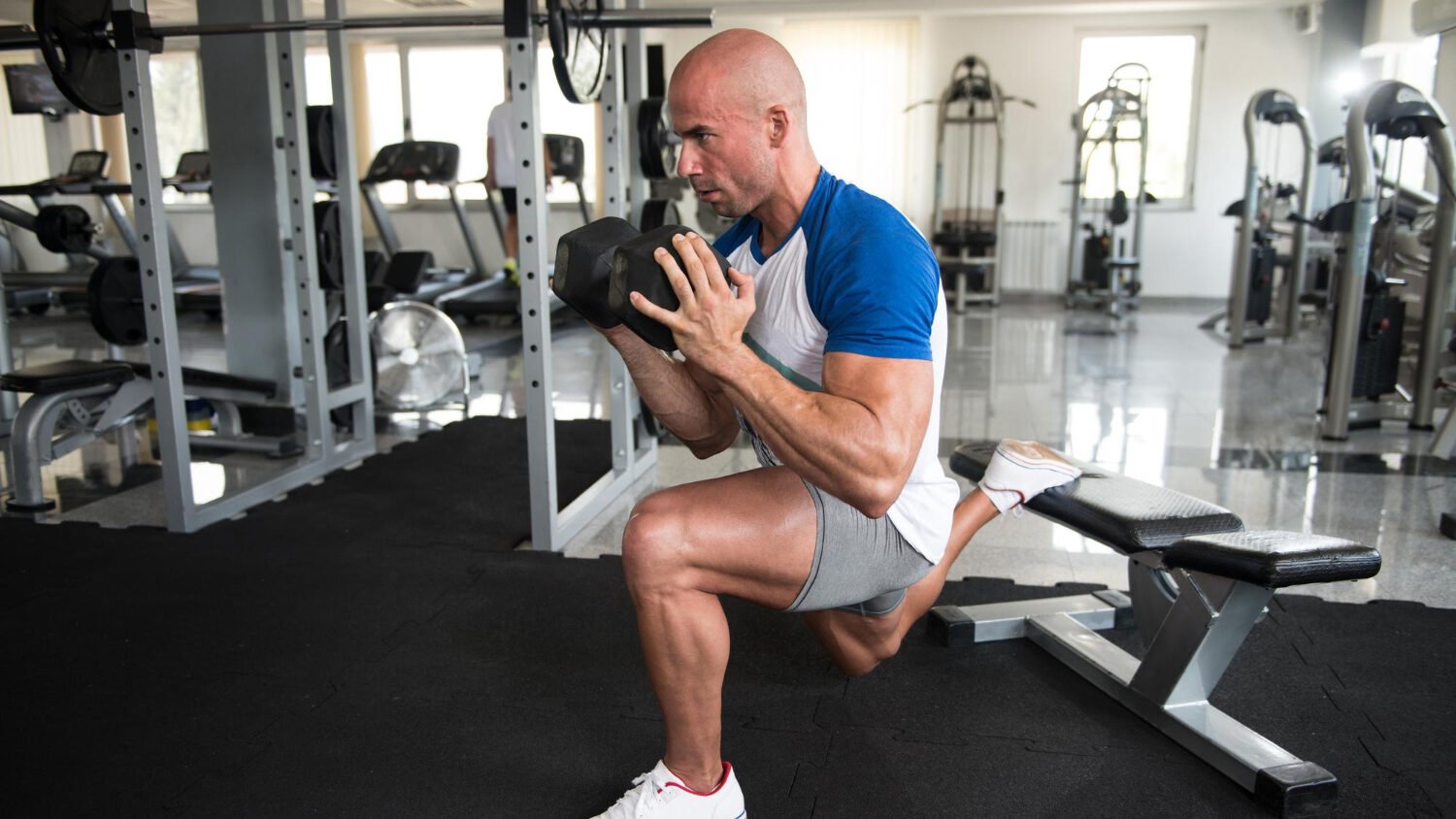
Compound exercises involve multiple muscle groups and joints, while isolation exercises target a specific muscle group. The main difference lies in the efficiency and effectiveness of compound exercises in targeting overall strength and muscle growth.
Definition and difference
Compound exercises for glutes engage several muscle groups at once, unlike isolation exercises that target one specific area. For instance, while a Bulgarian split squat works the gluteus maximus, hamstrings, and quads together, leg extensions focus solely on strengthening the quads.
This key difference means compound movements are more efficient for building overall muscle strength and size.
The distinction shines when comparing results – with compounds like Romanian deadlifts or barbell squats, you’re not just working your butt muscles; you’re also challenging your core strength and improving balance.
They optimize your workout by saving time and enhancing coordination between different parts of the body. In contrast, isolation moves like calf raises will only refine one particular muscle group – great for targeted sculpting but less impactful on total-body fitness progress.
The Benefits of Compound Glute Exercises
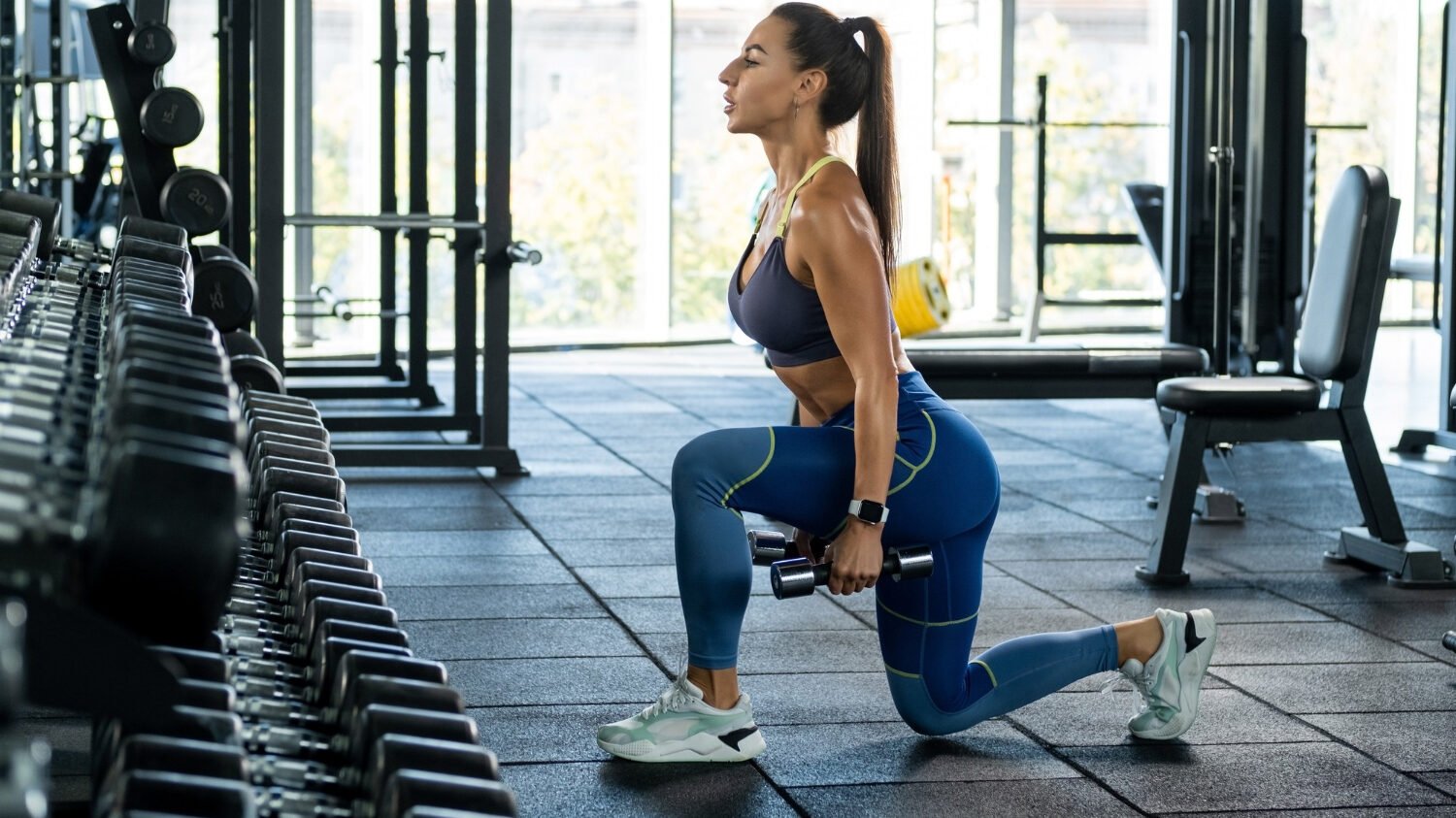
Compound glute exercises offer increased muscle size and strength, targeting multiple muscles at once, and efficient use of time. Read on to learn more about the benefits of incorporating compound exercises into your workout routine.
Increased muscle size and strength
Lifting weights isn’t just about looking good; it’s about getting stronger and building muscle mass, especially in the glutes. Utilizing compound exercises for glutes challenges your lower body, leading to increased muscle size and strength that’s essential for everyday movements.
As you squat down with a dumbbell or power through a deadlift, you’re not only working your gluteus maximus but also the surrounding muscles like hamstrings and quads. This kind of training encourages progressive overload, which is key to muscle growth.
Engaging more than one joint during exercises like Bulgarian split squats or weighted step-ups means multiple muscle groups are activated at once. Your hips and thighs get involved, making these workouts incredibly efficient for building muscular endurance along with raw strength.
That burning sensation in your legs? It’s an indicator of muscle fibers being recruited and stimulated during intense sessions involving barbells, kettlebells, or free weights – all driving towards that goal of formidable lower body power.
Targeting multiple muscles
Compound exercises for glutes are not just about boosting your backside; they’re a full-package deal. These powerhouse moves engage multiple muscle groups at once, allowing you to work on your gluteus maximus, hamstrings, and core simultaneously.
As you lower into a squat or lunge with those dumbbells, the effort doesn’t stop at your butt – it ripples through your lower leg muscles, up to the stabilizing forces in your pelvis and even reaches the muscles that support good posture.
Choosing compound movement exercises for glutes means every rep counts more. You’re not only carving out stronger curves but also improving balance and coordination across various joints like hips and knees.
With each dynamic move—be it deadlifting or stepping up—you challenge these multiple areas to fire together. This creates a well-rounded session that does wonders for functionality in everyday life as well as athletic performance.
Efficient use of time
Maximize your workout efficiency with compound glute exercises using dumbbells. By engaging multiple muscle groups simultaneously, such as the glutes, quads, and hamstrings, you can achieve a full-body workout in less time.
Compound exercises like dumbbell step-ups and static lunges not only save time but also provide a more comprehensive strengthening routine for your lower body.
Incorporating compound exercises into your fitness regimen allows you to reap the benefits of various movements all within one session. This strategic approach optimizes your training time by targeting several muscle groups at once while enhancing overall strength and endurance.
Make the most of every minute at the gym with these efficient compound glute exercises that deliver exceptional results.
Top 5 Compound Exercises for Glutes Using Dumbbells
Engage your glutes with these top compound exercises using dumbbells. These exercises are effective for targeting multiple muscles and building a stronger, more powerful butt.
1. Dumbbell Step Up
To perform a dumbbell step up, stand in front of a sturdy box or bench with a dumbbell in each hand. Keep your back straight and your chest up as you place one foot on the box. Push through your heel to lift yourself onto the box while straightening your leg. Lower yourself back down with control and repeat the movement for the desired number of reps.
- Start Position: Stand upright with a dumbbell in each hand at your sides.
- Foot Placement: Place one foot on the box, ensuring it is stable and secure.
- Movement: Push through your heel to raise yourself onto the box, keeping your posture straight.
- Controlled Descent: Lower yourself back down to the starting position with control.
- Repetition: Perform the exercise for the recommended number of repetitions on each side.
2. Dumbbell Bar Grip Sumo Squat
The dumbbell bar grip sumo squat is a compound glute exercise that targets several lower body muscles. It requires only a set of dumbbells, making it a convenient option for home or gym workouts. This exercise helps to strengthen the glutes, quads, hamstrings, and inner thighs, promoting overall lower body strength and stability.
- Hold a pair of dumbbells with an overhand grip and stand with your feet wider than shoulder-width apart, toes pointing outwards.
- Keep your chest up, back straight, and engage your core as you lower down into a deep squat position while keeping your knees aligned with your toes.
- Push through your heels and return to the starting position while squeezing your glutes at the top.
- Repeat for the recommended number of repetitions, focusing on maintaining proper form throughout the exercise.
3. Dumbbell Static Lunge
To continue targeting your glutes with compound exercises using dumbbells, let’s focus on the Dumbbell Static Lunge. This exercise is excellent for activating and strengthening the gluteal muscles in a dynamic manner.
- Begin by holding a pair of dumbbells at your sides with your feet shoulder – width apart.
- Take a big step forward with one foot and lower your body until both knees are bent at 90 – degree angles.
- Keep your front knee aligned with your ankle and ensure that your back knee comes close to the ground without touching it.
- Push through the heel of your front foot to return to the starting position, engaging your glutes as you rise up.
- Repeat the movement for the desired number of reps on each leg.
4. Dumbbell Thruster
The dumbbell thruster is a challenging compound exercise that targets the glutes, quads, shoulders, and core. It combines the squat and overhead press into one fluid movement for maximum muscle engagement.
- Begin by holding a dumbbell in each hand at shoulder height, with your feet shoulder – width apart.
- Lower into a deep squat while keeping your chest up and core engaged.
- As you stand up, press the dumbbells overhead by extending your arms fully.
- Lower the dumbbells back to shoulder height as you descend into the next squat.
- Complete 3-4 sets of 10-12 repetitions, focusing on proper form and controlled movements.
5. Dumbbell Side Lunge
The Dumbbell Side Lunge is an effective compound exercise for targeting the glutes and inner thighs. This exercise also engages the quadriceps and hamstrings, providing a comprehensive lower body workout.
- Hold a dumbbell in each hand, stand with feet shoulder – width apart.
- Take a wide step to the right, lowering your body by bending your right knee while keeping your left leg straight.
- Push off with your right foot to return to the starting position.
- Repeat the movement on the left side, alternating between sides for each repetition.
- Keep your chest up and back straight throughout the exercise to maintain proper form and maximize engagement of the targeted muscles.
How to Incorporate These Exercises into Your Workout Routine
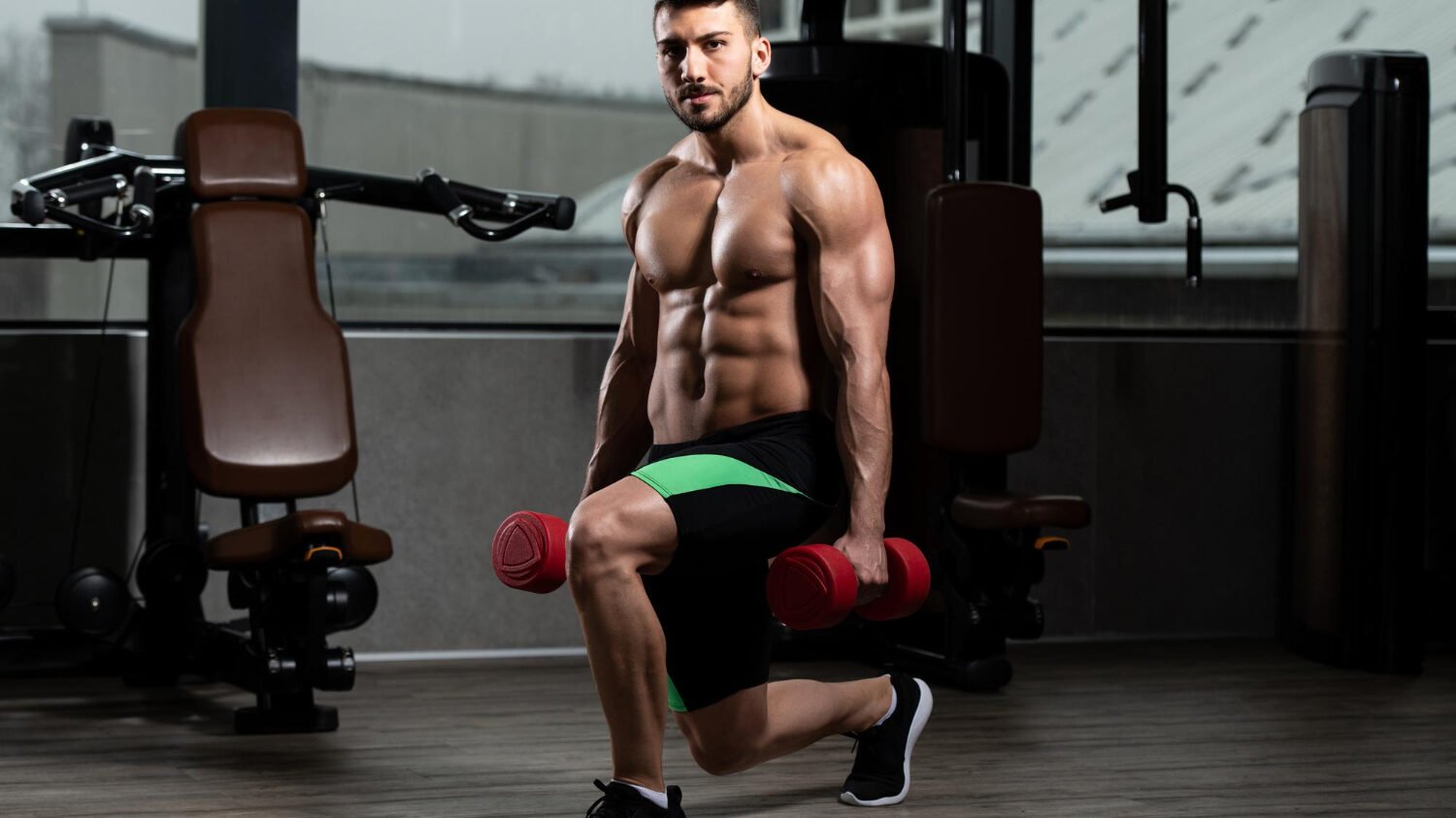
To incorporate these exercises into your workout routine, start by choosing 2-3 of the compound glute exercises and perform them 2-3 times a week. Aim for 3-4 sets of each exercise with 8-12 reps per set.
Focus on maintaining proper form and technique to maximize the effectiveness of each movement. Remember to allow for adequate rest and recovery between sessions to allow your muscles to repair and grow stronger.
Recommended sets and reps
To maximize the benefits of these compound glute exercises using dumbbells, follow these recommended sets and reps:
- Dumbbell Step Up: Perform 3 sets of 10-12 reps per leg.
- Dumbbell Bar Grip Sumo Squat: Aim for 3 sets of 8-10 reps.
- Dumbbell Static Lunge: Complete 3 sets of 10-12 reps per leg.
- Dumbbell Thruster: Do 3 sets of 8-10 reps.
- Dumbbell Side Lunge: Work towards completing 3 sets of 10-12 reps per leg.
Proper form and technique
To perform these compound exercises with proper form and technique, ensure that you maintain a straight back, engage your core, and focus on controlled movements. Here’s how to execute each exercise effectively:
- Dumbbell Step Up: Hold the dumbbells at your sides or at shoulder level. Step onto the platform with one foot, driving through the heel to lift your body up. Lower yourself back down with control.
- Dumbbell Bar Grip Sumo Squat: Stand with feet wider than shoulder-width apart, holding the dumbbell between legs. Keep your chest up as you squat down, ensuring your knees track over your toes.
- Dumbbell Static Lunge: Hold a dumbbell in each hand at your sides or rest them on your shoulders. Take a big step backward into a lunge position, keeping both knees at 90-degree angles as you lower yourself down.
- Dumbbell Thruster: Begin by holding the dumbbells at shoulder height with palms facing in. Perform a squat and then press the dumbbells overhead in one explosive motion.
- Dumbbell Side Lunge: Start by holding the dumbbells at your sides. Step out to the side and lower into a lunge position while keeping the opposite leg straight.
Rest and recovery
Rest and recovery are crucial components of any workout routine. It is during rest that your glute muscles repair and grow stronger. Make sure to incorporate rest days into your schedule to allow for adequate recovery.
Also, prioritize getting enough sleep, as this is when your body does most of its repairing and rebuilding. Proper hydration and nutrition play a key role in muscle recovery, so ensure you are consuming enough water and nutrients to support the growth of your glute muscles.
After intense compound exercises for your glutes using dumbbells, give yourself time for proper recovery before hitting the gym again. Listen to your body’s signals – if you’re feeling excessively sore or fatigued, it may be a sign that more rest is needed before engaging in another intense workout.
Conclusion
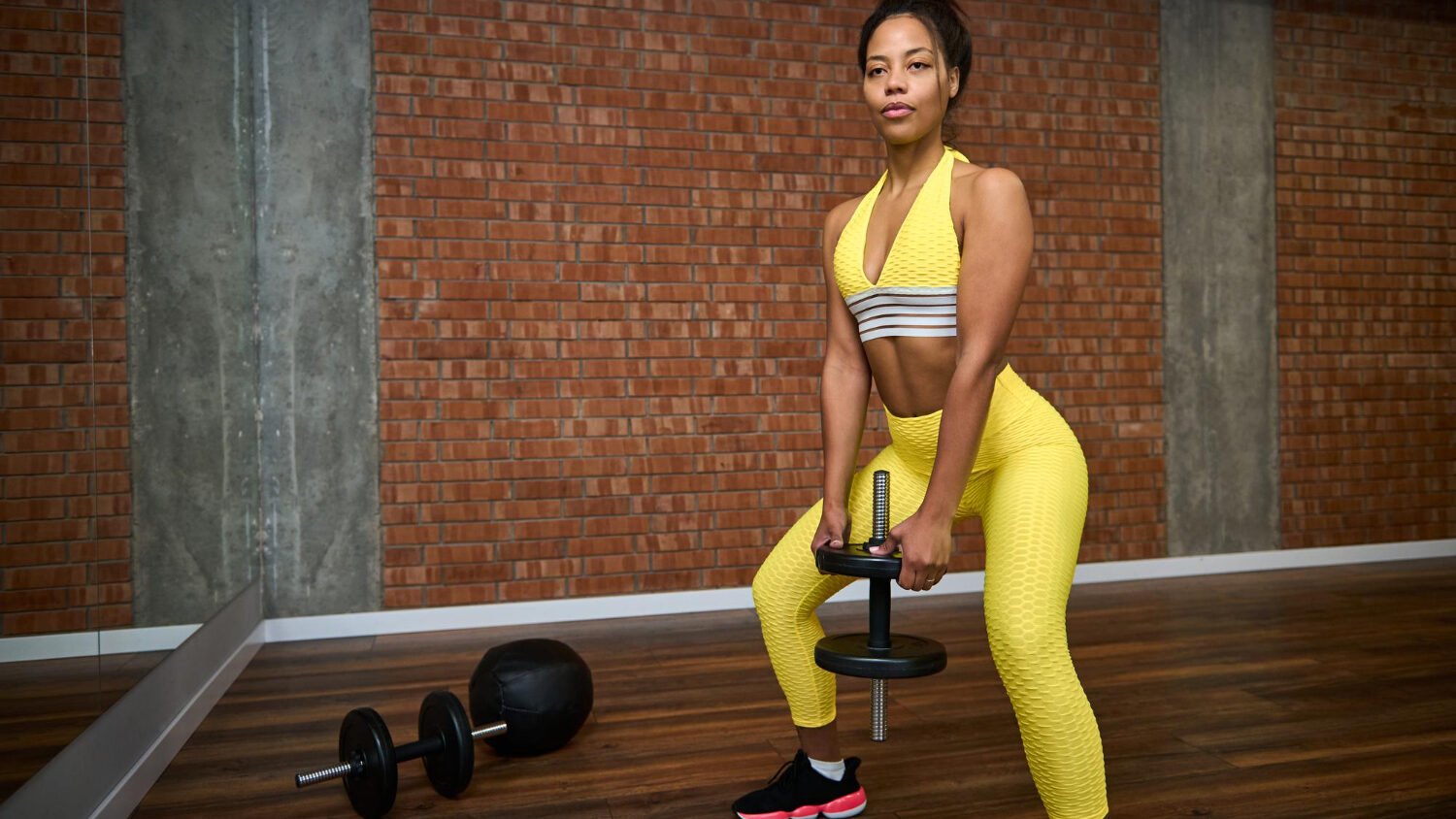
In conclusion, these compound exercises offer an efficient way to strengthen and sculpt the glutes. By incorporating these exercises into your routine, you can maximize your time and see practical results.
These strategies are essential for building a stronger butt with noticeable improvements in muscle size and strength. Remember to maintain proper form and technique while focusing on recommended sets and reps.
Explore further resources or seek guidance as you embark on this journey toward a more powerful posterior!
FAQs
1. What are the best compound exercises for glutes using dumbbells?
The best compound exercises for glutes with dumbbells include squats, deadlifts, lunges, hip thrusts, and walking lunges to build a stronger butt.
2. Why should I choose compound exercises for my glute workouts?
Choosing compounds exercises like squats and deadlifts works your whole lower body including the gluteus maximus and helps improve flexibility in the hip joint.
3. Can adding deadlifts to my routine make my glutes stronger?
Absolutely! Conventional deadlifts and sumo deadlifts are powerful moves that target your posterior chain including your glute muscles for muscle building.
4. Are there variations of squats that work well for strengthening glutes?
Yes, back squats and sumo squats with dumbbells are great variations that specifically target your gluteus maximus while also engaging your core and calves.
5. Is it okay to feel sore after doing these compound exercises?
Muscle soreness or DOMS is common when you start new exercise routines like barbell hip thrust or heavy squatting which push powerlifting boundaries in muscle-growing efforts.
6. How do plyometric movements fit into a program focused on building strong glutes?
Plyometric movements such as jump squats add an explosive element to training enhancing strength in powerlifters’ pelvic region, knees, and can complement weightlifting regimens targeting the butt muscles.

Author
Years ago, the spark of my life’s passion ignited in my mind the moment I stepped into the local gym for the first time. The inaugural bead of perspiration, the initial endeavor, the very first surge of endorphins, and a sense of pride that washed over me post-workout marked the beginning of my deep-seated interest in strength sports, fitness, and sports nutrition. This very curiosity blossomed rapidly into a profound fascination, propelling me to earn a Master’s degree in Physical Education from the Academy of Physical Education in Krakow, followed by a Sports Manager diploma from the Jagiellonian University. My journey of growth led me to gain more specialized qualifications, such as being a certified personal trainer with a focus on sports dietetics, a lifeguard, and an instructor for wellness and corrective gymnastics. Theoretical knowledge paired seamlessly with practical experience, reinforcing my belief that the transformation of individuals under my guidance was also a reflection of my personal growth. This belief holds true even today. Each day, I strive to push the boundaries and explore new realms. These realms gently elevate me to greater heights. The unique combination of passion for my field and the continuous quest for growth fuels my drive to break new ground.





